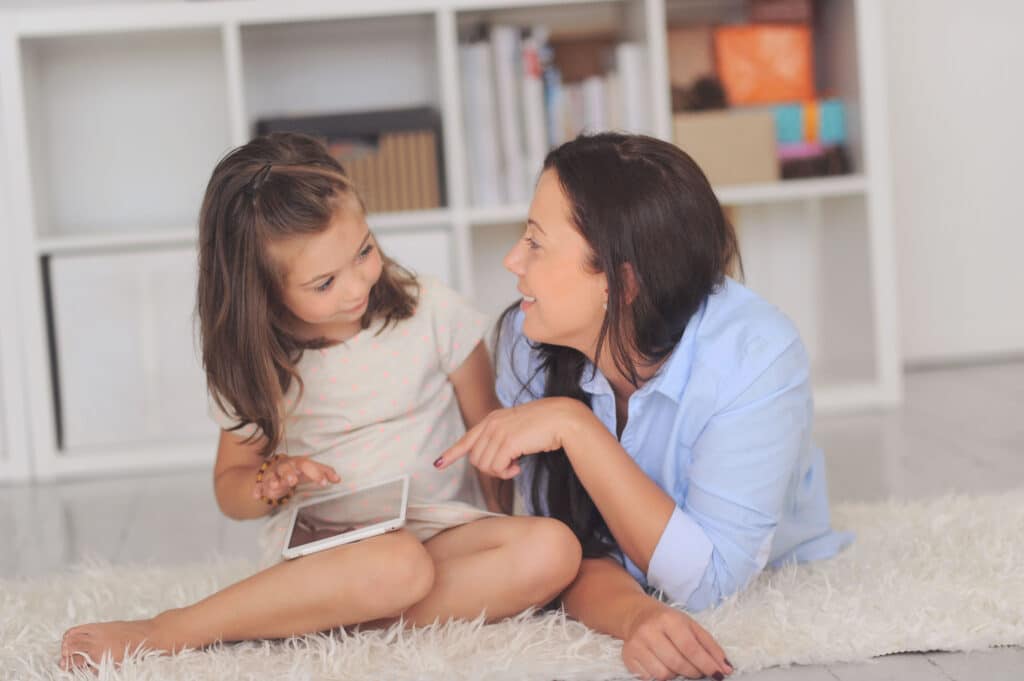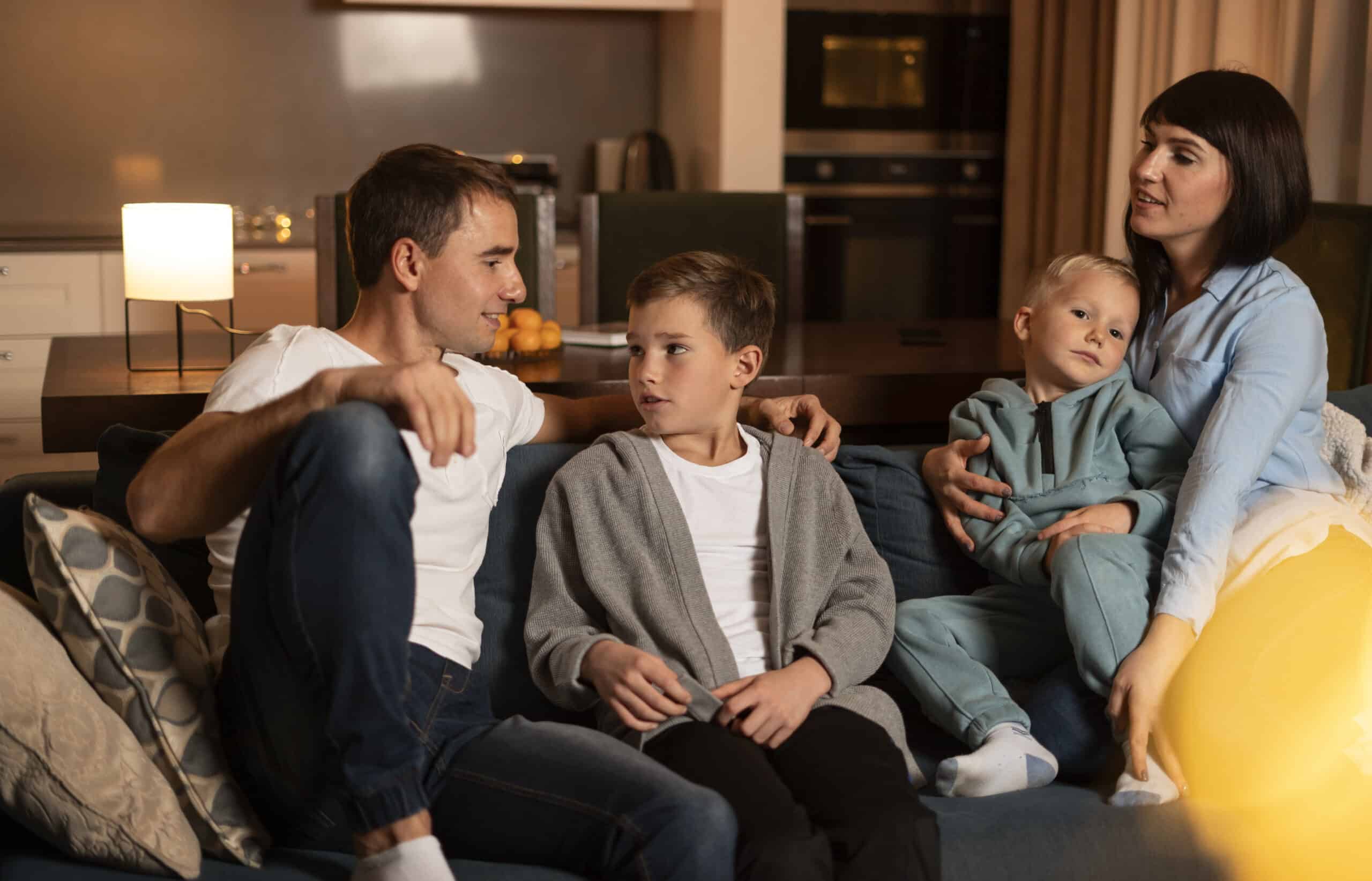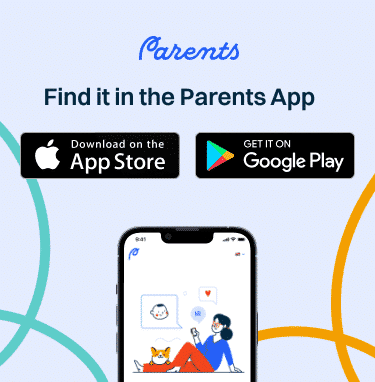When we engage in effective communication with our children it can often feel like navigating a delicate labyrinth. One of the most important skills a parent can master is the ability to find positive ways to say no to a child, turning the refusal into a nurturing and affirmative communication tool. This subtle shift in approach has the potential to transform our parent-child relationships and significantly impact their emotional and psychological development.
So how do we find the balance between respecting a child’s curiosity and need for independence, and ensuring their safety and the respect for essential boundaries? The secret lies in mastering the art of delivering ‘no’ positively, turning potential disappointments into empowering life lessons.
Importance of positive communication in parenting
Parenting styles come in all shapes and sizes. Think of them as different flavors of ice cream; some parents might lean towards the strict, no-nonsense ‘vanilla’, others might prefer a ‘rocky road’ approach, a bit of discipline mixed with a lot of love and leniency. No matter your style, there’s one ingredient that goes great with every scoop: positive communication.
When we think about saying “no” to our kids, it often feels like we’re putting a damper on their spirits. But what if we could do it in a way that doesn’t deflate their enthusiasm or suppress their curiosity? That’s where the magic of positive communication comes in, helping us say ‘no’ without being the ‘bad guy’.
Incorporating this approach means we’re not just setting boundaries, but we’re also building bridges. We’re creating an environment where our kids feel safe to share their thoughts and feelings, where they learn to handle disappointment in stride, and come up with solutions to their little troubles. So, by mastering positive ways to say ‘no’, we’re not just nurturing a happier and healthier relationship with our kids, but we’re also helping them grow into emotionally strong and problem-solving individuals. Now, isn’t that a parenting recipe worth trying?
Here’s the secret: when you say “no” positively, it helps your kiddos understand why certain boundaries are in place. This not only cuts down on tantrum episodes (phew!), but also stops those pesky power struggles dead in their tracks. No more tug-of-war, just you and your child on the same team, understanding and respecting each other.
But there’s more! When you communicate positively, it does wonders for your child’s self-esteem. They learn to solve problems, to understand limits, and all of this contributes to their emotional and psychological growth. So, saying “no” positively isn’t just great parenting, it’s also helping your child grow and flourish!
👉 Find out why it’s so important to say ‘No’ to your child by reading this article. Unlock the transformative power of setting boundaries and learn effective strategies. Click here to discover more!
Short & Long Term Benefits of Positive Communication in Child Development
The benefits of embracing positive communication methods, particularly when saying “no” to a child, are manifold, both in the short term and over the long haul. These benefits extend beyond mere immediate improvements, forging a solid foundation for your child’s future emotional health and interpersonal skills.
Short-term benefits:
- Better behavior: Picture fewer toddler tantrums and more cooperation. That’s the magic of using respectful and understanding language!
- Boost in self-esteem: Imagine your little one standing tall, full of confidence. Positive communication can do just that!
- Closer bonds: Through open and affirming chats, you and your child can grow a deeper, more meaningful connection.
Long-term advantages:
- Improved communication skills: Your child learns from you. By modeling positive communication, you’re handing them the keys to express themselves effectively in the future.
- Healthy emotional regulation: Saying “no” positively can teach your child how to handle disappointments, helping them master their emotions.
- Positive self-concept: A child who grows up with positive communication tends to have a strong, healthy sense of self. They’ll be more likely to respect themselves and feel confident in their abilities.
So, by adopting positive ways to say “no” to your child, you’re not just making your everyday parenting journey smoother, but also setting your little one up for lifelong emotional health and success. How’s that for a win-win?
Why is better to avoid using the word NO often
Let’s face it, parenting isn’t always a walk in the park. And, of course, we all want what’s best for our little ones. But did you know that hearing the word “no” too often could affect your child’s self-esteem and their eagerness to explore? It’s like a tiny rain cloud on their parade of discovery, and over time, this can chip away at their emotional well-being.
Now, you might be thinking, “But how else do I set boundaries?” It’s a great question! It turns out that the secret is not in avoiding “no” entirely, but rather in finding alternative, friendlier ways to guide our kiddos. This way, they’ll better understand why some things are off-limits, helping them learn valuable lessons rather than just hearing a flat-out “no.”
In other words, we should aim to make our homes a runway for positive behaviors, giving our kids the chance to soar. By explaining and encouraging, rather than just negating, we help them grow their problem-solving skills, resilience, and emotional intelligence (Imray, 2012). It’s like turning every potential “no” into a stepping stone towards their growth, and isn’t that a lovely way to strengthen our bond with them? Let’s give it a try!
Short & Long term risks when using a lot the word NO
Positive parenting is no easy job and the power of our words is truly incredible. The frequent use of the word “no” can sometimes trip us up, leading to a few bumps in our journey. Here’s what can happen if “no” gets a tad too much airtime:
- Power Struggles: You might find yourself in more tug-of-wars than you’d like. Little ones, being the explorers they are, can start seeing each “no” as a challenge waiting to be conquered. This can sometimes turn your peaceful home into a mini battlefield.
- Reduced Self-Confidence: If they hear “no” too often, our kiddos may start to question their own decision-making skills. This could make them less sure of themselves in the long run, something we wouldn’t want as they blossom into their full potential.
- Hindered Problem-Solving Skills: Kids are natural problem solvers. But when they’re constantly faced with “no”, they may get the impression that it’s not worth thinking outside the box. This could slow down their ability to handle challenges on their own.
You can manage to transform every “no” from a roadblock into a stepping stone, by discovering and using positive ways to say no to our children. This way, you can guide their growth while ensuring they remain confident, resilient, and creative problem-solvers!
Positive ways to say no to a child: 5 strategies
There are some things you should never say to your child – here you have some examples with worst things parents can say:
- “Why can’t you be more like your sister? She always gets straight A’s.”
- “Why can’t you be more like Johnny? He’s so well-behaved and never causes trouble.”
- “You’re not as pretty as the other girls in your class.”
- “Your friend is a much better artist than you are.”

If you are wondering how do you say no without saying no to your child, we will give you some strategies you can try.
1. Use another word to say NO
Let’s take a stroll down the parenting path, where we learn the magical art of saying “no” without even uttering the word.
Let’s suppose your young adventurer is about to turn your living room into a jungle. Instead of the stern “no”, we can softly steer them with, “Stop, let’s try something else, like lego for example.” It’s like your secret code to redirect their curiosity onto safer shores. And the best part? These magic words carry the spirit of “no”, but they come without the frowns or the tantrums.
In essence, these alternatives are your friendly neighborhood superheroes, stepping in when “no” seems too harsh. They keep the mood light and the lessons intact, making parenting a breezier ride.
2. Find alternatives to say NO
Stepping away from a flat-out “no” and embracing more thoughtful, constructive responses can truly transform your interactions with your kids. Imagine, instead of simply saying “no” when your cute little explorer reaches out for a hot cup of coffee, you could say, “Ouch, that’s really hot! It could hurt you.” Here, you’re applying real-world logic that even young children can grasp.
Or maybe your little cookie monster wants a treat right before dinner. Instead of dropping the ‘N’ bomb, how about we say, “How about we feast on dinner first, and then we’ll unlock the cookie jar for dessert?” Aha! You’ve just conveyed “no” without any sign of it.
As they grow and their understanding deepens, this approach evolves. Picture this: Your pre-teen wants to spend the entire day immersed in video games. Instead of the predictable “no”, you might say, “Hmm, gaming all day might make you super tired and won’t leave time for your homework or playing soccer in the backyard. How about we work out a gaming schedule together?”
This way, you’re not only finding a friendlier alternative to “no”, but also helping young children comprehend the consequences of their actions. By applying real-world logic, you’re preparing them for the bigger decisions they’ll make in the future. It’s a gentle, positive way to guide them towards becoming considerate, responsible individuals. And who knows, you might just end up having a little more fun along the way!
3. Empathise and say YES
Empathy is the secret ingredient that often transforms parenting into a more enjoyable and fulfilling experience. By practicing empathy, we step into our child’s shoes, acknowledging and validating their emotions, which makes them feel seen and understood. One highly effective strategy is to ‘just say YES’, but with a twist.
Imagine your child is throwing a tantrum because they want to play with a particular toy at the store. Rather than responding with an immediate ‘no’, just say, “Yes, I understand that you love this toy and want it. It seems really fun and interesting!” By doing this, you’re validating their emotions and showing understanding. However, you can then follow up with, “But for now, we can’t get this toy. Let’s remember it and maybe we can think about it for your birthday.”
This strategy helps in defusing meltdowns or challenging situations. It doesn’t necessarily mean giving in to all their demands, but rather redirecting their behavior and expectations in a positive manner. Using empathy as a tool, we can just say ‘yes’ to their feelings, and ‘no’ to their wants when necessary, creating a balance that nurtures emotional intelligence and mutual respect.
4. Set limits in order to limit the use of NO
Setting clear and consistent boundaries is an invaluable part of parenting. As one of the essential parenting skills, it’s important to realize that setting limits can significantly reduce the frequency of saying “no.” Instead of constantly vetoing your child’s actions, you’re providing them with a clear framework within which they can explore safely and freely.
Establishing age-appropriate boundaries is a crucial aspect of this strategy. For instance, for a toddler, it might be about setting a limit on the number of sweets they can have in a day, while for older children, let’s say for a teenager, it might concern screen time or curfews. Remember, the aim is not to restrict but to guide, so make sure these limits are communicated positively and effectively. Explaining the reasons behind them will bring understanding and cooperation, which are key elements of effective parenting.
If you create this structure, you’re teaching your children about responsibility and discipline, providing them with the tools they’ll need throughout life. So, let’s embrace the art of setting limits, transforming each “no” into a big step towards your child’s growth and development.
5. Use humor to diffuse the situation

In the ever-evolving parenting playbook, humor shines as a remarkable tool that can effortlessly diffuse tense situations. We’ve all been there – the mounting frustration when things aren’t going as planned, the simmering tension, the impending tantrum. This is where the power of laughter comes in. Picture this: your little one is adamant about not doing their chores. Instead of engaging in a power struggle, imagine turning it into a game or a tickle fest. “Oh no! The dust bunnies are taking over! We need Super [Child’s Name] to save us!” The effect is twofold: the tension is dissolved and your child feels motivated and involved in ‘doing things’.
Using humor can not only reframe the situation but also redirect behavior in a positive and fun way. Importantly, it aids in maintaining a joyful atmosphere that strengthens the parent-child relationship. The beauty of parenting with humor is that it teaches our children to approach life’s challenges with a positive attitude, fostering resilience and promoting emotional well-being. So, let’s unleash our inner comedians and embrace the joy of doing things with a pinch of humor, turning everyday tasks into delightful adventures.
👉 Discover the words that can make all the difference in your child’s life! Learn what parents shouldn’t say to their child and why. Explore our article to nurture healthier communication. Click here to read more and enhance your parenting skills!
Conclusion
Embracing positive ways to say “no” to your child has far-reaching benefits, going beyond just improved communication. It paves the way for your child to understand boundaries while preserving their innate curiosity and spirit of exploration. It fosters resilience, encouraging your child to view setbacks not as disappointments but as opportunities for learning and growth. Also, it is more effective to adopt a positive approach that emphasizes listening to and understanding their behaviors, using rewards and positive reinforcement, rather than resorting to punishment and negative language such as saying “no”.
Remember, there are healthy ways to say no – every “no” is an open door to a constructive conversation, an opportunity to build a stronger bond with your child. By using positive ways to say no to a child, you’re not just setting limits; you’re teaching your child how to navigate life’s challenges with grace and resilience.
And at the end of the day, isn’t that what parenting is all about? It’s more than just guiding our children; it’s about growing with them, learning to communicate effectively, and building relationships based on understanding the child needs. So keep practicing these positive ways to say “no,” and witness the beautiful transformation in your parent-child relationship.
Ready to transform your parenting journey? Join our masterclass on ‘How to Stop Yelling at Kids’ and chat with Sophie, our AI parenting expert, for personalized solutions. Elevate your parenting today!
Reference:
Imray, P. (2012). Saying NO to ‘no’!. The SLD Experience, 64, 17-20. https://www.researchgate.net/publication/263557903_Saying_NO_to_’no‘









